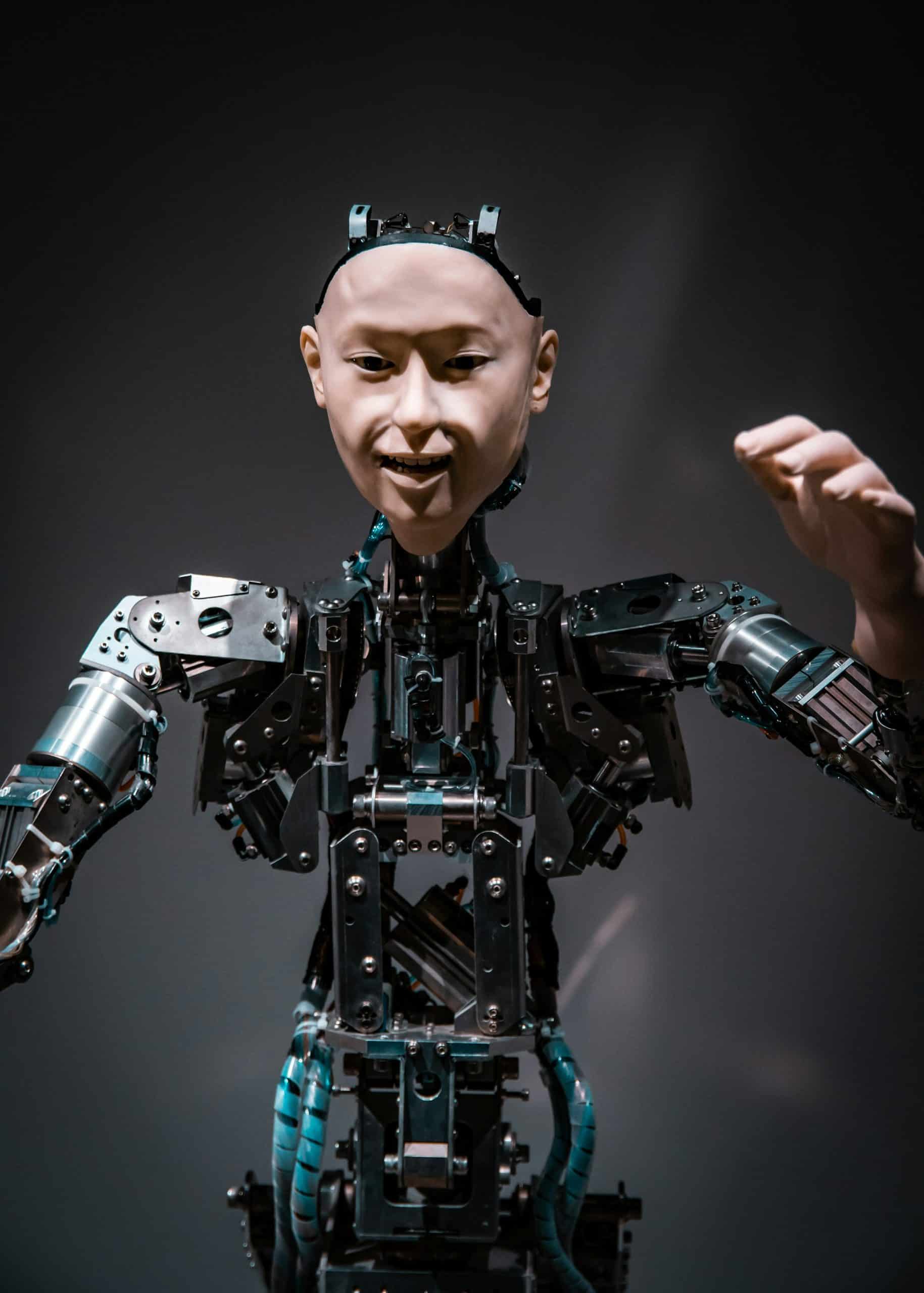What’s the Impact of Advanced Robotics on Microsurgery Techniques?

In the world of medicine, a revolution has been brewing. It’s not a new drug or a groundbreaking procedure, but a technological marvel that has the potential to change the way surgeries are performed. Robotic surgical systems are steadily making their way into operating rooms around the world, offering a precision and control that surpasses the capabilities of even the most skilled human hands. But what does this mean for microsurgery, the intricate field that requires extreme precision and skill? Let’s delve into this topic and explore the impacts of advanced robotics on microsurgery techniques.
The Advent of Robotic Surgery
The field of robotic surgery has rapidly evolved in the past decade. Surgeons are increasingly adopting these systems to perform complex procedures with more precision and less invasive techniques.
A lire aussi : How Are Smart Homes Leveraging Renewable Energy for Sustainability?
The basic premise of robotic surgery is simple. A surgeon operates a console to control robotic arms that perform the surgery. This technique enables the surgeon to make more precise movements, reduce tremors, and have a better view of the surgical field.
The most popular of these systems is the da Vinci Surgical System, but many other models, such as the Mako Robotic-Arm Assisted Surgery system and the CyberKnife Robotic Radiosurgery System, are contenders in this emerging field. These systems have paved the way for more precise, less invasive surgeries, and have improved patient outcomes in various fields of medicine.
A lire en complément : How Is Blockchain Technology Changing the Dynamics of Intellectual Property Rights?
Robotic Surgery and Microsurgery
Microsurgery, a subspecialty that requires surgeons to operate on very small structures, often using a microscope, is an area where robotics could make a significant impact. The use of robotic systems in microsurgery has shown promising results in areas such as retinal surgery and reconstructive surgery.
In retinal surgery, for example, the precision of the robot can help reduce the risk of damaging delicate structures. The use of robotic assistance has been shown to reduce tremors and increase steadiness, which can be crucial when performing fiddly procedures on the retina.
In reconstructive surgery, robotic assistance can help the surgeon perform intricate procedures with a level of precision that would be difficult to achieve manually. Robotics provides the ability to scale down the surgeon’s movements, allowing for more precise sutures and better control of the surgical instruments.
The Benefits of Robotic Assisted Surgery
There are several potential benefits of robotic assisted surgery, including increased precision, less invasive procedures, and potentially improved patient outcomes.
The robots used in surgery are capable of incredible precision. They can move in ways that a human hand simply can’t, making it possible to perform procedures that were previously considered too risky or simply impossible. This increased precision could lead to better surgical outcomes and less damage to surrounding tissues.
Robotic surgery is also less invasive than traditional methods. Instead of large incisions, robotic surgery often requires only small incisions to insert the robot’s arms. This can lead to faster recovery times, less pain, and less scarring for patients.
The Challenges of Implementing Robotic Surgery
Despite the potential benefits of robotic surgery, there are several challenges that must be addressed before it becomes commonplace in operating rooms worldwide.
First and foremost, there’s the issue of cost. Robotic surgery systems are expensive, both to purchase and to maintain. Hospitals must be able to justify this cost with a clear indication of improved patient outcomes.
There’s also a significant learning curve when it comes to operating these robotic systems. Surgeons must undergo extensive training before they can comfortably and confidently use these systems in surgery.
Lastly, there are questions about the ‘feel’ of surgery. Surgeons often rely on tactile feedback during surgery, something that is generally lacking in robotic systems. Future developments in haptic technology may address this issue, but it remains a significant hurdle for now.
The impact of advanced robotics on microsurgery techniques is an exciting and evolving field. While there are still challenges to be overcome, the potential benefits for patients and surgeons alike make this a promising area of medical innovation. With the continued development and refinement of these technologies, the surgical landscape as we know it could be completely transformed.
With a careful eye on these developments, we can anticipate a future where microsurgeries are performed with a level of precision and control that surpasses even the most skilled human hands. However, as with any significant technological leap, it’s essential to balance the enthusiasm with a careful consideration of the potential costs, risks, and benefits.
Robotic Microsurgery and Force Feedback
One of the primary concerns with the implementation of robotic systems in microsurgery revolves around the issue of force feedback. In traditional surgery, surgeons are able to feel the resistance of tissues and other structures. This tactile information is instrumental in guiding the surgeon’s movements and judgments during the procedure. However, this ‘touch’ aspect of surgery is currently lacking in robotic systems.
To address this, researchers are developing haptic feedback technologies that could replicate the sense of touch in robotic surgery. Haptic technology refers to any technology that can create an experience of touch by applying forces, vibrations, or motions to the user. In the context of robotic surgery, haptic feedback can provide the surgeon with a sense of the force being applied by the robotic arms. This real-time feedback could significantly improve the precision and safety of robotic microsurgery.
In a study documented in Google Scholar, a MSR system was equipped with a force feedback mechanism. This system allowed the surgeon to feel the resistance encountered by the robotic arms during the surgery. The study reported an increase in precision and a decrease in tissue damage, suggesting that force feedback could greatly enhance the effectiveness of robotic surgery.
Despite the promising results, implementing force feedback in robotic systems is not without challenges. It requires advanced sensing and imaging techniques, as well as complex algorithms to translate the forces encountered by the robotic arms into tactile feedback for the surgeon. Nevertheless, the development of haptic technology could pave the way for more intricate and delicate procedures to be conducted using robotic systems.
The Future of Robotic Assisted Microsurgery
As we look into the future of microsurgery, we can envision a landscape transformed by advanced robotics. Robotic systems have the potential to revolutionize microsurgery, enabling procedures that are currently too complex or delicate for human hands.
Robotic assisted surgery has the potential to be more precise, minimally invasive, and possibly lead to better patient outcomes. This could be a boon for reconstructive surgery, where precision and control are paramount. Technological advancements like tremor filtering, motion scaling, and real-time feedback mechanisms could make procedures safer and more effective.
However, the implementation of robotic systems in microsurgery will not happen overnight. There are significant hurdles to overcome, including the high costs of MSR systems, the need for extensive training for surgeons, and the current lack of tactile feedback.
Despite these challenges, the continual development and refinement of robotic systems make the future of microsurgery promising. With the help of manufacturers, scientists and medical professionals, we are steadily inching closer to a future where surgeries are performed with superhuman precision and control.
In conclusion, the impact of advanced robotics on microsurgery techniques is a field of exciting innovation. While the present challenges are not insignificant, they are not insurmountable. With continued research, innovation and investment, we can anticipate a future where robotic assisted microsurgery becomes a standard procedure, improving patient outcomes and changing the face of healthcare as we know it. As we move forward in this brave new world of medicine, it’s crucial to keep a balanced perspective, appreciating the incredible potential of these technologies while remaining cognizant of the associated costs, risks, and benefits.
